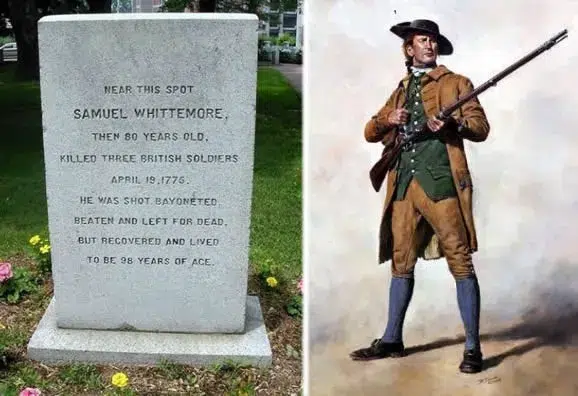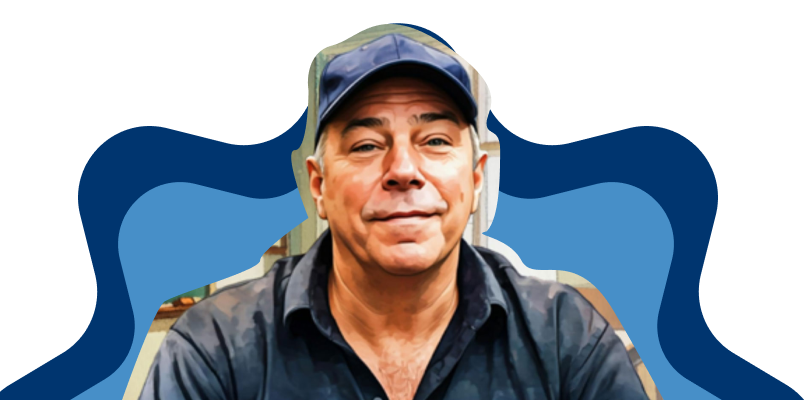I’ve become convinced that the people who don’t make stuff will never understand how stuff is made.
I listen to podcasts where hosts ask writers and artists about how jokes are written, screenplays are developed, and stories are crafted, and the questions they ask rarely make sense to the creators of these things.
-
When you’re writing a song, do you start with the rhyme at the end of the couplet or at the beginning?
-
Did you have that punchline first, or did you work your way to the punchline?
-
Did you intend the death of that character to signal the death of hope itself?
I get ridiculous questions like this, too, from readers, high school and college students, and even the occasional teacher and professor.
Just recently, a college student writing about one of my books sent me these questions:
-
What is the principal role of the narrative voice in your book?
-
In what way does the narrative voice make your work more difficult in the novel?
-
To what extent does the narrative voice help readers understand Max’s inner world?
-
What was your main purpose of introducing Budo in Max’s life?
-
What struggles did you have when framing this story?
-
Did you settle on metaphors and symbols before you began writing?
My answer to questions 1, 2, 3, and 5 were “I don’t understand the question.”
My answer to question 3 was, “I didn’t introduce Budo to Max’s life. He was just there.”
My answer to question 6 was, “What symbols and metaphors are in the book. I didn’t see any.”
People who don’t make stuff seem to think there is a formula for making stuff. Whether it’s fiction or comedy or art or music, folks seem to believe that we sit down with a plan. They actually think we have a formal process of some kind, complete with logic, forethought, craftsmanship, and nuance.
They don’t realize that we don’t know how our stuff is made. It’s a mystery to most of us. I’ve written fiction nonfiction, musicals, comic books, magazine essays, and poetry, and it’s always the same”:
Stuff just tumbles out, probably because I’m not thinking about all the ridiculous things that these questions imply. The stuff just lands on the page or the canvas or the stage. It’s not pretty at first. It needs a lot of work. But we’re certainly not thinking in the way that teachers and professors and even the consumers of our work want to believe.
I think they want to believe that there is a formula in hopes of someday understanding the formula and then replicating it for themselves.
If only it was that easy.
In 1963, 16-year-old Bruce McAllister was sick and tired of hunting for symbols in English class, so rather than engaging in a debate with his teacher over the validity of this work, he sent a survey to 150 novelists asking if they intentionally planted symbolism in their work.
Some of my favorite responses:
Ray Bradbury: “No, I never consciously place symbolism in my writing. That would be a self-conscious exercise and self-consciousness is defeating to any creative act. Better to let the subconscious do the work for you, and get out of the way. The best symbolism is always unsuspected and natural.”
John Updike: “I have no method; there is no method in writing fiction; you don’t seem to understand.”
Norman Mailer: “I’m not sure it’s a good idea for a working novelist to concern himself too much with the technical aspects of the matter. Generally, the best symbols in a novel are those you become aware of only after you finish the work.”
Jack Kerouac: “No.”
McAllister eventually became an English professor. Presumably he never asked a student to hunt for a symbol.










